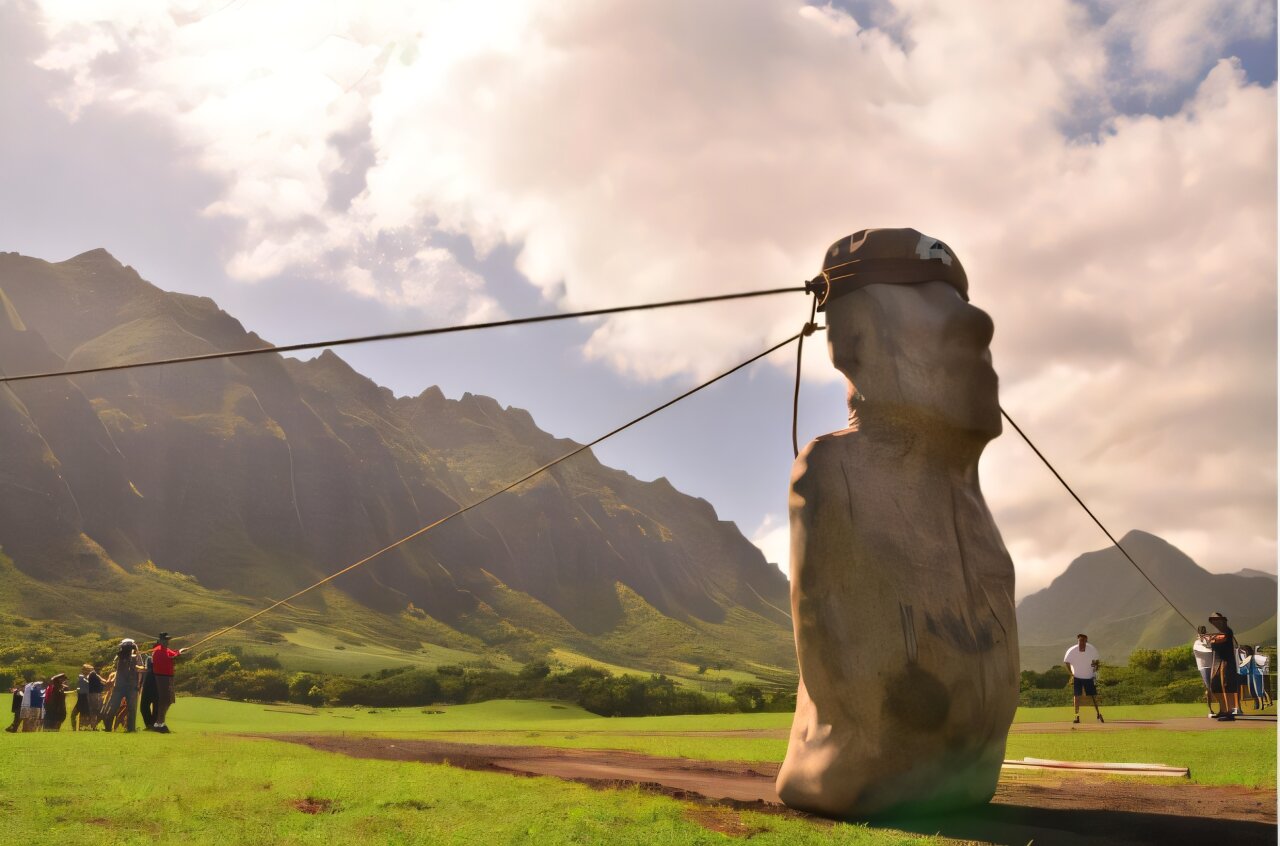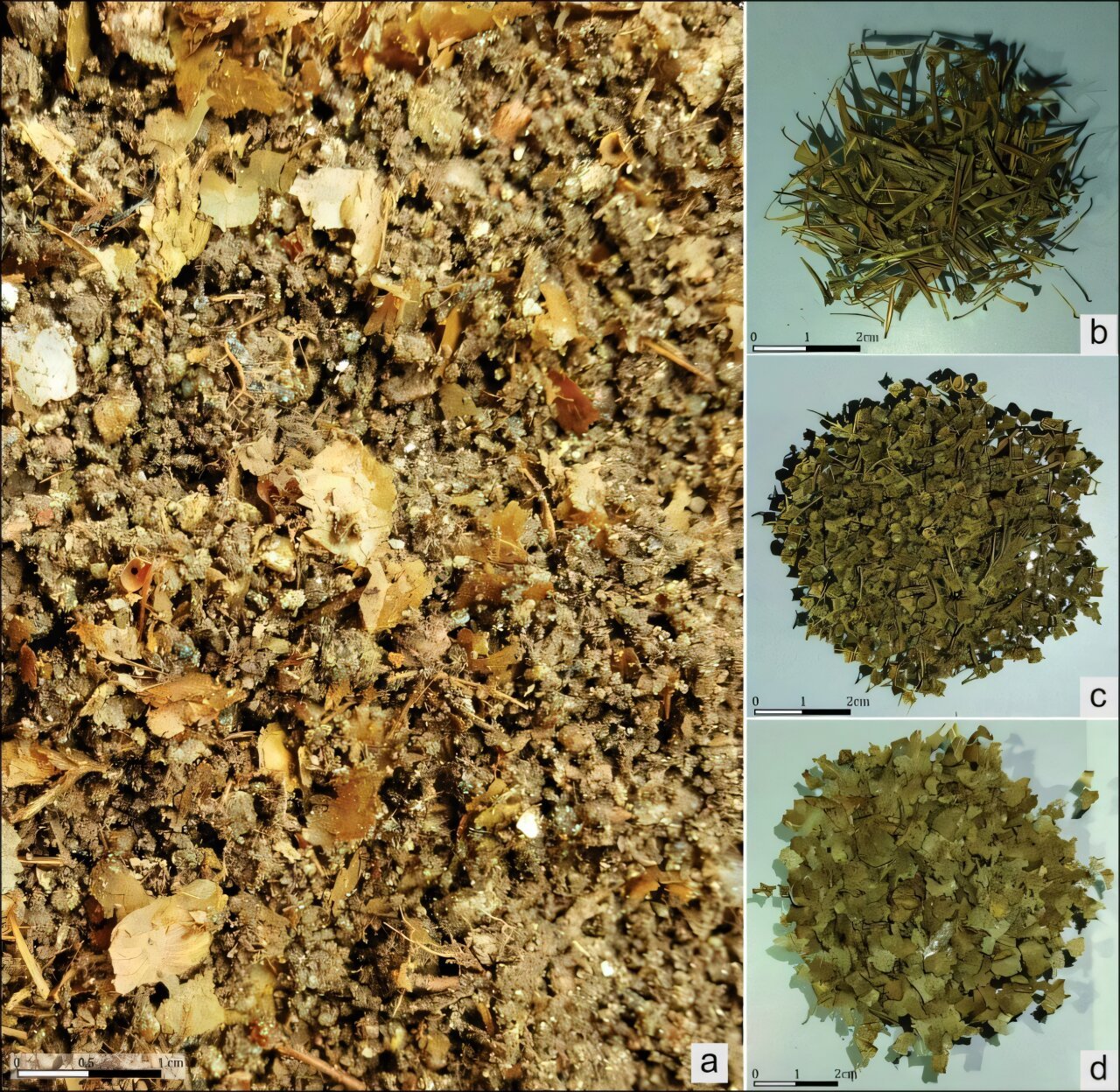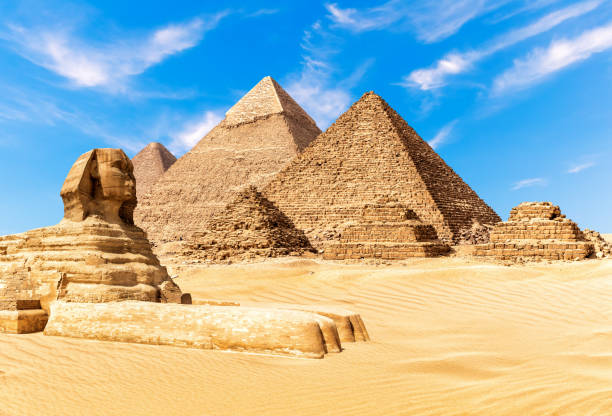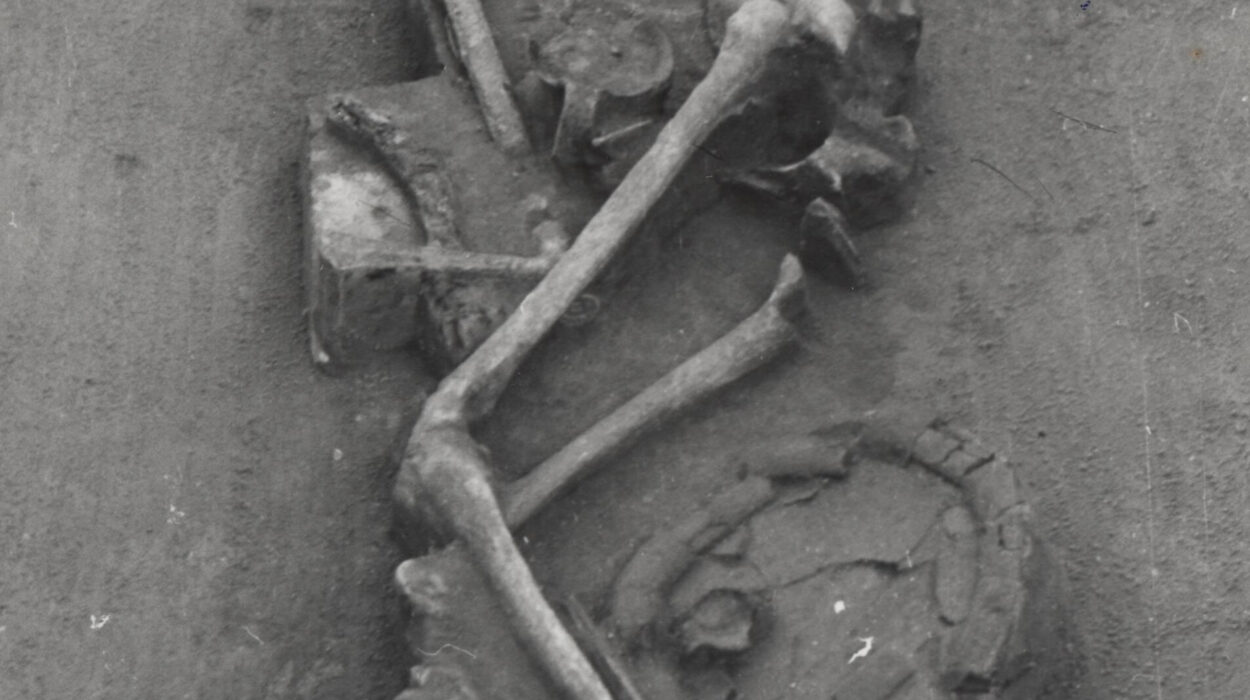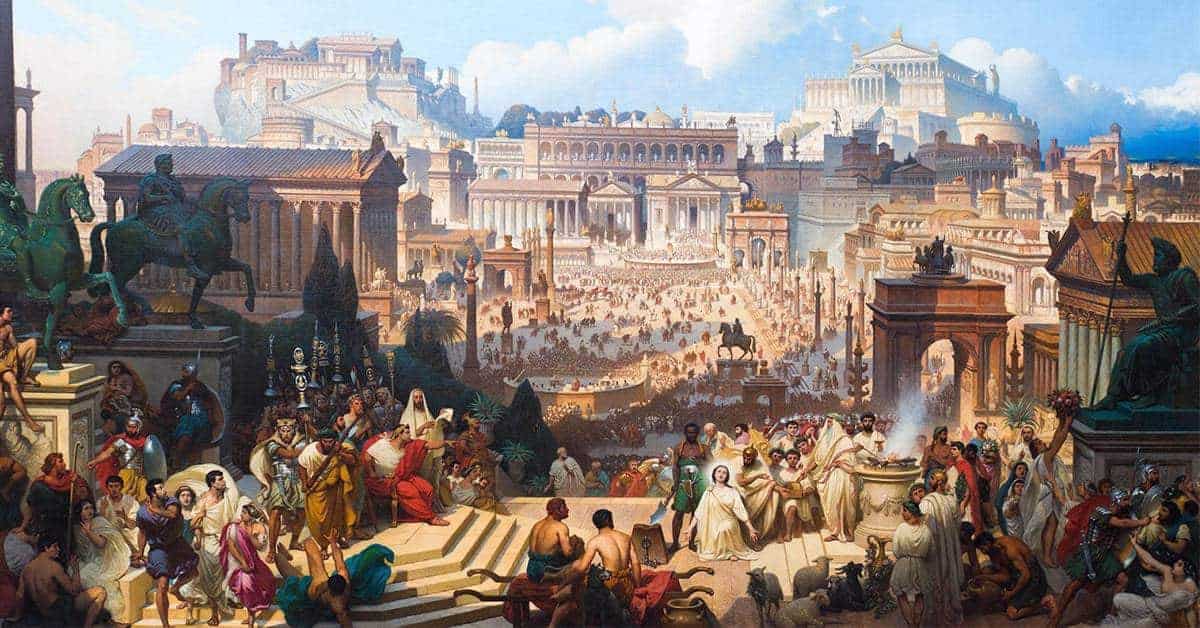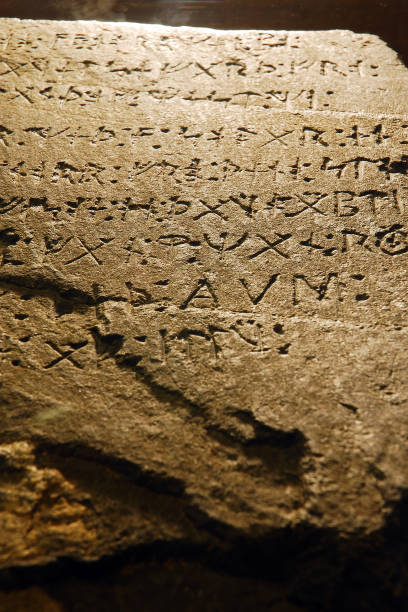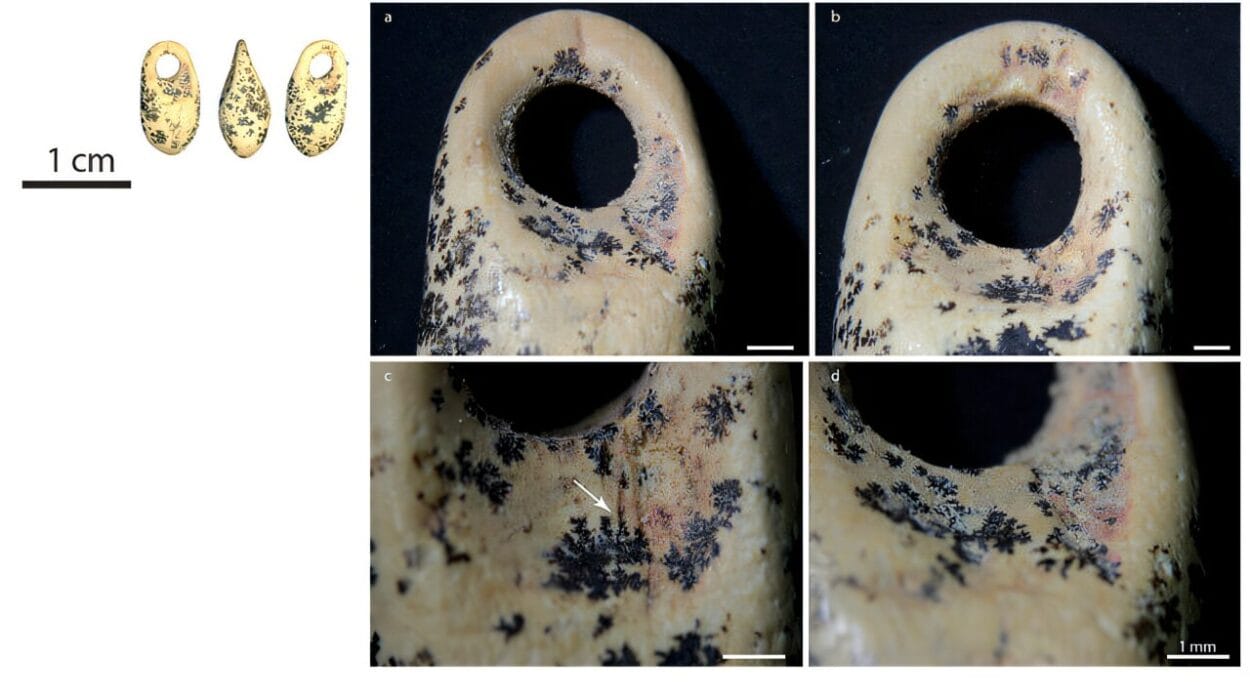Far out in the Pacific Ocean, on one of the most remote inhabited islands in the world, nearly a thousand stone giants stand watch over the land. Their faces, solemn and timeless, gaze toward the island’s interior, as though guarding the people who once carved them. These are the moai of Rapa Nui — better known to the world as Easter Island — and for centuries, they have captured the human imagination.
How, people have asked again and again, could an ancient society, isolated and with limited technology, move these colossal statues—some weighing as much as 80 tons—across rugged volcanic terrain? Were they rolled on logs? Dragged on sleds? Lifted by lost technologies or even by the supernatural, as myths and fringe theories have often claimed?
Now, modern science has provided an answer both astonishing and deeply human. According to groundbreaking research led by Carl Lipo of Binghamton University and Terry Hunt of the University of Arizona, the statues didn’t need alien intervention, massive armies, or mysterious lost tools. The moai walked.
The Puzzle of the Giants
The mystery of the moai has long been central to understanding Rapa Nui’s past. Between roughly 1100 and 1600 CE, the islanders carved these monumental figures from volcanic tuff at a quarry called Rano Raraku. The statues, standing as high as ten meters, represented revered ancestors, spiritual protectors whose mana — sacred energy — was believed to bless and guard the island’s clans.
But the moai were not meant to remain in the quarry. The Rapa Nui people transported them, often several kilometers, to ceremonial platforms known as ahu that lined the coast. How they accomplished this has baffled researchers for generations.
Earlier theories suggested that the statues were laid flat and dragged on wooden sleds or rolled on logs. However, these explanations raised new questions. The island’s deforestation, for example, would have made such methods difficult, and there was little physical evidence — no deep drag marks, no clear traces of heavy wooden equipment — to support the idea.
The moai themselves seemed to hint at another story. Their distinctive shapes, especially the forward tilt and rounded, D-shaped bases, were not ideal for being dragged but appeared strangely suited for something else entirely.
The Moment of Discovery
Professor Carl Lipo had long been intrigued by this problem. Working with archaeologist Terry Hunt, he began to suspect that the statues’ design might hold the key to their movement. What if, they wondered, the moai were meant to move upright — as if they were alive?
Using high-resolution 3D models and physics simulations, the researchers examined hundreds of moai. The results were striking: the statues’ slightly forward lean and rounded bases would have allowed them to rock from side to side — a motion that, if guided correctly, could move them forward in a controlled, zig-zag path.


This idea wasn’t just speculation. To test it, the team decided to recreate the process using a life-sized replica. They built a 4.35-ton moai with the same physical proportions and tilt as those found on Rapa Nui. Then, with just 18 volunteers and a few sturdy ropes, they began their experiment.
The result was nothing short of extraordinary.
The moai moved — gracefully, steadily, and upright — across 100 meters of ground in only 40 minutes. By alternately pulling on the left and right ropes, the team made the statue rock side to side, its curved base shifting forward with each swing. It truly appeared to walk.
“The physics makes sense,” said Lipo. “What we saw experimentally actually works. And as it gets bigger, it still works. In fact, the bigger the statue, the more efficient this walking becomes. It’s the only method that really explains how they could have moved such massive figures.”
Roads Built for Walking Giants
The team’s discovery also shed new light on another long-standing puzzle — the mysterious network of ancient roads that crisscross Rapa Nui. These roads, about 4.5 meters wide and slightly concave in shape, lead directly from the quarry to coastal platforms.
To Lipo and his colleagues, the design of these roads was no coincidence. Their width and curvature were ideal for stabilizing a rocking, walking statue. “Every time they moved a statue, it looks like they were also making a road,” Lipo explained. “The road was part of the moving process itself.”
Archaeological surveys revealed overlapping routes and parallel pathways, suggesting that multiple statues may have been moved simultaneously, each along its own carefully cleared track. The roads weren’t simply transportation corridors; they were part of the living, ceremonial landscape — evidence of a society that transformed engineering into a sacred ritual.
A Celebration of Ingenuity
This research doesn’t just solve a mystery; it rewrites a narrative. For too long, popular imagination has cast the people of Rapa Nui as reckless architects of their own downfall, supposedly cutting down forests and exhausting their resources in a futile obsession with statue-building. But the “walking moai” theory paints a far more inspiring picture.
It shows a community of extraordinary intelligence, creativity, and cooperation — a people who used deep understanding of balance, motion, and materials to achieve what seemed impossible.
“It shows that the Rapa Nui people were incredibly smart,” said Lipo. “They figured this out. They were doing it in a way that made perfect sense for their environment and resources.”
Rather than a tale of environmental collapse and cultural failure, this story reveals a triumph of human ingenuity. The people of Rapa Nui did not need wheels, beasts of burden, or vast numbers of laborers. They relied on cooperation, precision, and physics — turning engineering into art.
Science That Honors the Past
In many ways, Lipo’s research is as much a cultural restoration as a scientific one. It replaces myths of mystery and catastrophe with evidence of mastery and resilience. The moai were not relics of a vanished people but expressions of a thriving society deeply in tune with its world.
The walking statues also remind us that science is not just about data — it’s about respect. By putting ancient ideas to the test, Lipo and his team paid tribute to the ancestors who first dreamed of walking stone.
“People have spun all kinds of tales about what might be plausible,” Lipo said. “But what we’re doing is showing that you can actually evaluate the evidence, build an answer, and see that these explanations make sense.”
This scientific humility — the willingness to test, to listen, and to learn from the past — brings us closer to understanding not only how the moai moved, but why they matter.
The Living Legacy of the Moai
Today, the moai still stand, silent but powerful, on the windswept plains of Rapa Nui. Their presence is more than archaeological; it is spiritual, cultural, and deeply human. They remind us that great achievements don’t always come from power or technology — sometimes, they come from imagination, patience, and the strength of working together.
The discovery that the moai “walked” doesn’t diminish their mystery; it deepens it. It shows us that ancient wisdom and modern science can walk hand in hand, revealing a shared story of creativity and perseverance.
Each moai, once thought to be immovable, becomes a symbol of possibility — a reminder that even the heaviest burdens can move when balance, cooperation, and purpose are in harmony.
The people of Rapa Nui carved their ancestors from stone, gave them the power to walk, and in doing so, left behind a legacy that still moves us today.
Their statues may be still now, but their story continues to walk — one step at a time, across centuries, toward understanding.
More information: Carl P. Lipo et al, The walking moai hypothesis: Archaeological evidence, experimental validation, and response to critics, Journal of Archaeological Science (2025). DOI: 10.1016/j.jas.2025.106383
